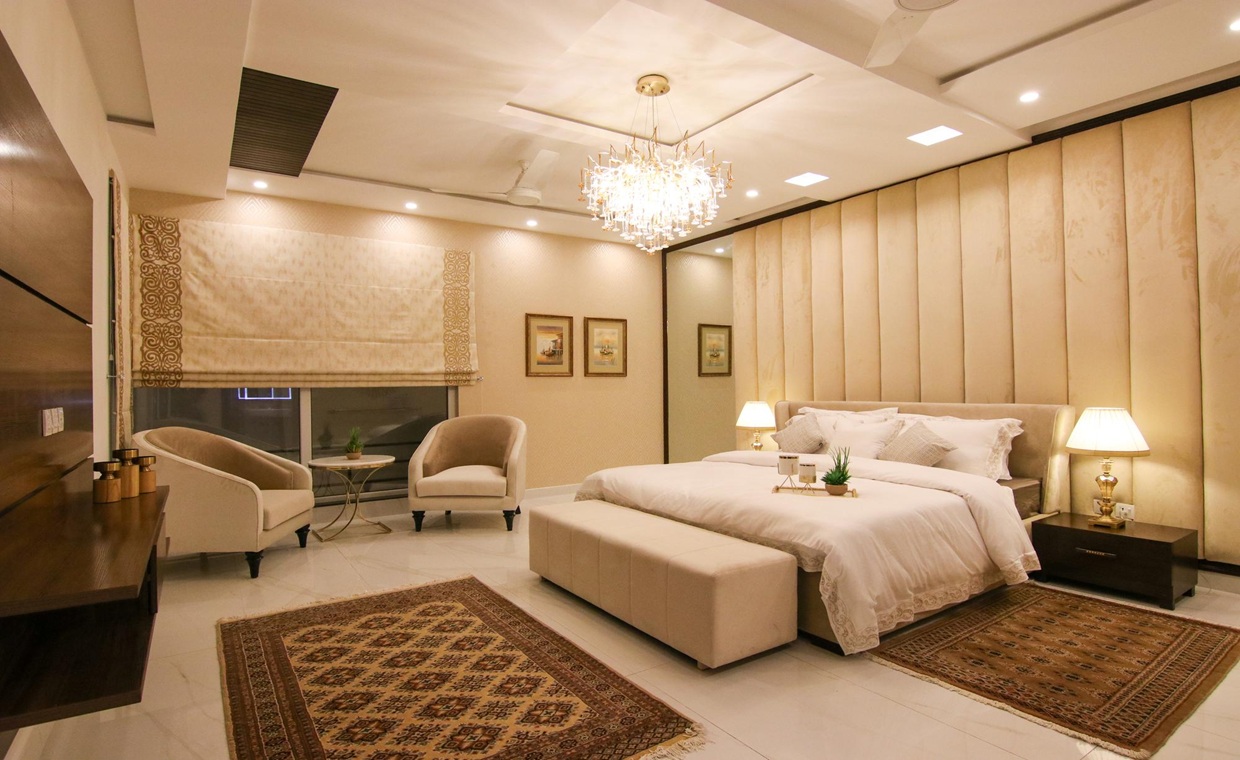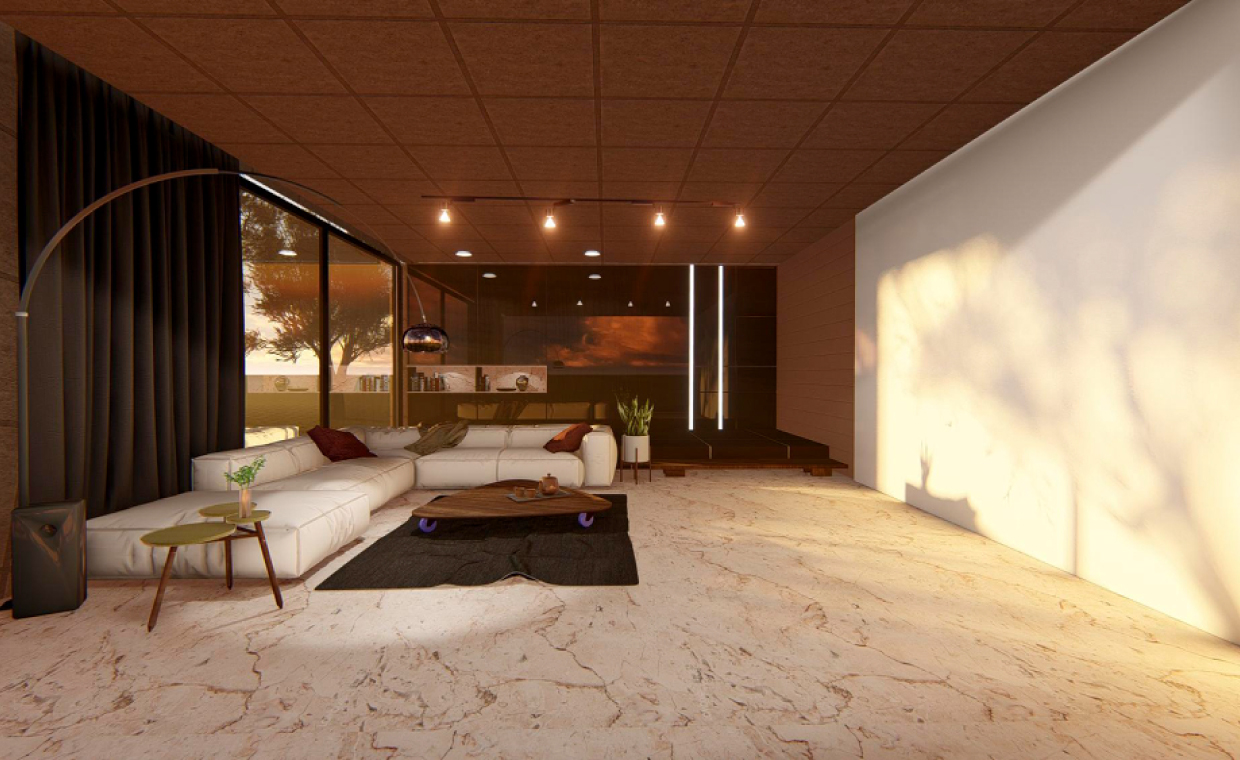
According to Herman Motsios, “architecture was and is the true measure of a nation’s culture.” Every society has its own culture, upon which the foundation of architecture was established. Architecture is and was a true measure of a nation’s culture. The architecture reflects the culture of a place like in Jodhpur. The Jharokhas of Mehrangarh fort represents the culture of that place and hence justifying the architectural design of the fort.
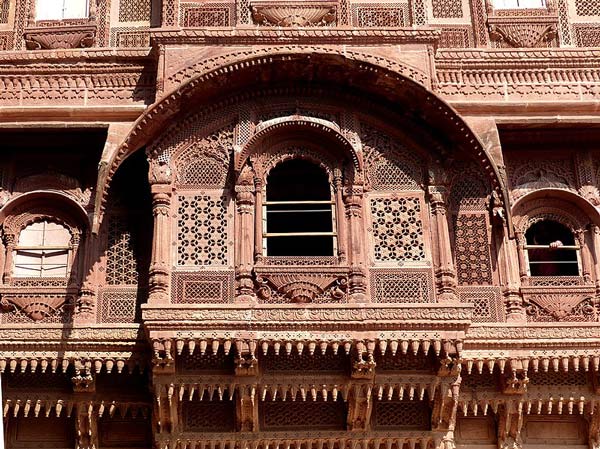
Jharokhas of Mehrangarh fort, Jodhpur
Measure of Civilization
As quoted by ‘Brent Richards’ (Published in David Report), “The measure of a civilization is the strength of its culture, and this is personified in the signification of its cultural identity and cultural objects.” Building design and culture have always been interlinked, but in many instances, the design is displayed as a true measure of culture, rather than being a part of the cultural context of the society. It is the culture which affects the civilization of any country. Any one of the following factors may encourage its flow of progress. For instance, the Geological condition of a place, a region which is periodically affected by volcanic eruptions can hardly contribute a major share of progress.
Technology, Lifestyle, Culture and Architecture
Technology and culture ultimately affect the lifestyle of the people. The houses, i.e. ideally the home, thus spring through its architecture through the lifestyle, i.e. the culture of the people at any place and at any given time. Even the habitations, i.e. the group of houses or the overall town planning is also a reflection of the culture. This will be evident from the study of houses built, 50 or 100 years ago in typical Indian villages in the form of “mohallas”, or streets and the rise of multistoried buildings in the urban collection, nowadays.
The culture is also a function of professions practiced, or vocations lived in the houses. E.g. If you are agriculturist your needs would be different, if you are a street vendor or rickshaw driver, your needs would be different. If you are Professor, your needs would be different. Your cooking and eating habits, which are the reflection of the culture, define the design that ultimately constitutes architecture. The celebration of festivals and social functions like marriage or even death also has a role to play while defining the language of the house.
Inter-relation of Culture and Building Design (Architecture)
The culture holds various ways of living, value systems, traditions and beliefs which includes knowledge, morals acquired by those within the society. The culture of a society is recognized through its manifestations like language, art and architecture. As quoted by Parvizi, “Architecture is the portray of a nation’s culture integrated with all aspects of human life and has a profound impact on it. Architecture is the result of the culture of the society.” There are some cities, where you understand the culture of a city from its buildings. For eg. The Egyptian pyramids which provide their country’s rich and glorious past. The environment of Egyptians and their culture produced the great pyramids. While there are other cities where the design of its buildings creates and change the culture of the city. For eg. Mecca was a desert, but the Mosque Al- Ka’aba, which is the most sacred Muslim pilgrim and a monument changed the culture of that place.
If you take a close look into the history of architecture, you will get to see a vast change in architecture over the years, as it got influenced by tradition, culture, and style. It has been rightly said that Architecture is the exposition and expression of culture. After all, building design and culture are sometimes deeply entangled. According to ‘Kenney, Stephen F.’ (Published in Cultural Influences on Architecture), “Architecture expresses the cultural context in which it is built. Analysis of the culture can reveal those aspects which most influenced the architectural form.”
Architecture Speaks About Culture and Age since a Long Time
As ‘Frank Gehry’, a renowned architect, once said that “Architecture should speak of its time and place, but yearn for timelessness”. The architecture should not only try to convey the culture and values but also express the times, to which it belongs.
For instance, if one takes a look into the Neolithic architecture during the Neolithic period, one got to see clay dwellings. Archaeologists found hardly any elements related to art, were used. Fast forward, and once you get transported to the Mesopotamia and Egyptian civilization, natural materials like cane bundles were united to form beams and pillars. Spaces present within the frame, were usually filled with mud and branches. However, larger buildings used sun-dried bricks for its construction.
01. Period during 3000-2500 BC
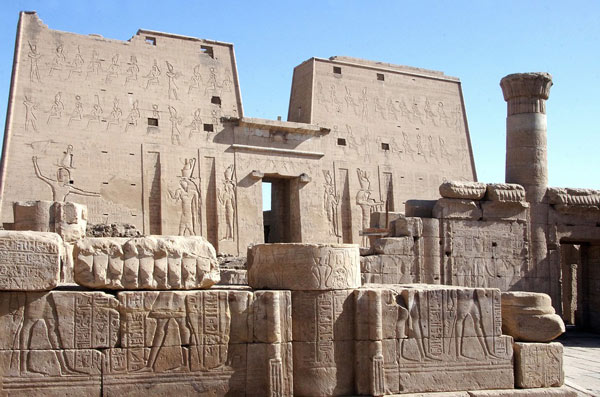
The Temple of Horus at Edfu
Only it was during the period between 3000 – 2500 BC, the architectural magnificence was given huge importance. It tried to reflect the omnipotence of God and this civilization wanted to show that the daily- life of the people was greatly impacted by God. In fact, the ancient building architecture got characterized by the strain between the mortal as well as the divine world. However, one got to see good examples of Egyptian architecture, and architectural sculpture is the well-conserved Temple of Horus at Edfu on the western bank of Nile
02. Middle Age

Orvieto Cathedral, Italy
Then in the Middle Age, one witnessed a rise in Gothic architecture. Gothic architecture was well-represented in the churches and cathedrals that came with lofty towers. During this religion, the clash within religion was reflected in the designs.
03. Modern Age
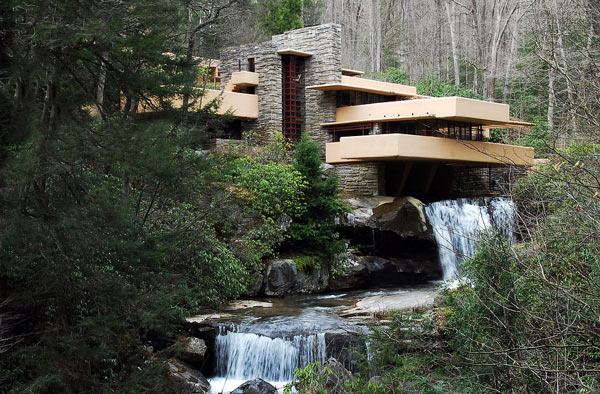
Falling Water, Pennsylvania
In today’s age, the changing culture of architecture is perfectly reflected in the designs but also to the extent it impacts society. An architect with the help of building architecture software is coming up with innovative design ideas. Architects work along with professional entities to design buildings in cities and integrate proper urban planning strategy within the cities.
Initially, there was not huge importance of architecture, but as time flew by, the manifestation of culture may be in a simple form, or a royal manner started to take place.
Cultural Expression in Designs
Irrespective of the age, to which one might refer, one common question that might come across one’s mind is whether architecture reflects architecture? Studies have shown that a certain aspect of culture gets beautifully defined via various architectural forms.
Architecture is the product of the culture for which it was designed. The architects since decades have not only designed spaces like residential steel buildings but also developed environments that can reflect a bigger picture of the relationship present between architecture and culture. This relationship has been studied for years. So, if you are wondering how culture gets its voice in the form of design and architecture? To know about it, go through the rest of the blog.
01. Egyptian Civilization
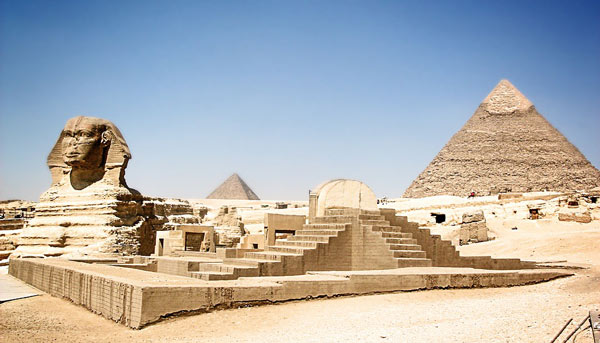
Egyptian civilization
If one takes a close look into the era of Egyptian civilization, one gets to see that the culture during that period required people to believe in life after death. This trust got transferred into the architecture with the formation of mortuary temples and great pyramids.
02. Roman Civilization
Similarly, if one moves forward to the Roman Age, one gets to take a sneak-peak into Roman architecture, one gets to see the Roman rituals beautifully represented in its building architecture. Along with the advancement of Roman engineering, great inventions were made in the form of arches. As a result, one got to see new types of Roman architecture, in the form of fluidly enclosing spaces that came with arch-shaped domes and colonnades.
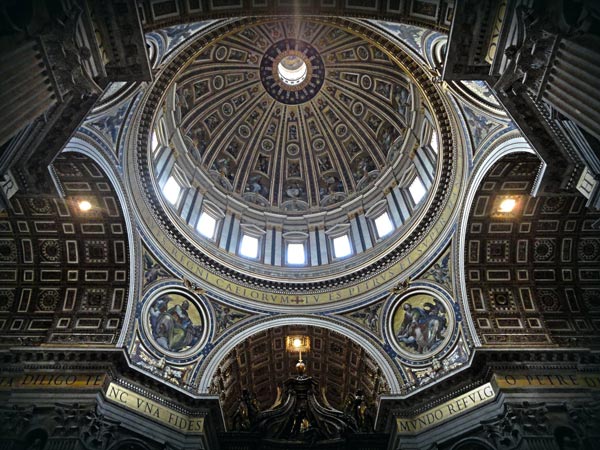
Basilica di San Pietro in Vaticano
In Rome, the cultural belief in polytheism was revealed in the true form in the Pantheon. A Closer study showed that the town of Mantua, regardless of being inhabited by the Romans, had no prominent examples of Roman architecture to remind people of their heritage. This is where the churches played a great role. The construction of the churches offered a contrast between the new and the old, as well as the modern and the ancient.

St. Andrea church, Rome
It was Leon Battista Alberti, who got inspired to design the St. Andrea church that would bridge the barrier between the past and the present. He soon came up with a building architecture that draws its image of the past for creating an artificial historic reference during the present age.
03. Ancient Greece
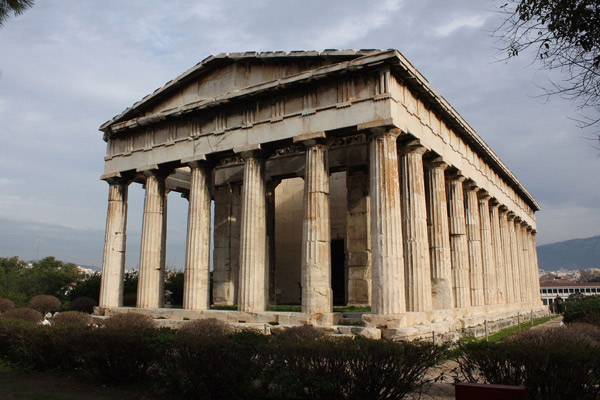
Ancient Agora
Even the ancient Agora, which is nothing more than a gathering space, with the passage of time evolved due to the cultural practices of the congregation. The ancient Greek architecture is the architecture shaped by the Hellenic people; whose culture flourished on the Greek mainland. It is represented nicely in the form of temples.
Cultural Dimension in the Design Process
The greatest impact that the culture has is, from technology. Technology is a thing which you can never dominate. It always governs and shapes the culture continuously irrespective of place and time and of course, irrespective of the nature of the governing states. With the advent of technologies, not only the construction technology is changing, but the emergence of efficient lightweight, energy-efficient strong, durable materials has its impact on the evolution of architecture.
In today’s modern age, the impact of architecture extremely depends on the reassessment of the cultural differences, present within the communities. Even if, an architect takes the help of design- blueprints or various software, to create designs for residential steel buildings or storage buildings; still, culture plays a great role in considering the architectural patterns.
If one takes a look into the way of cultural influences that have shaped the spaces in India, one gets to see that not only in religious places but also in a residential area, designing has been greatly impacted by the cultural practices that were popular during the particular time. For instance, the blue- city of Jodhpur was developed on the cultural principle of the belief in unity.
Similarly, if one takes a sneak-peak into modern architecture within our community, one gets to see the designs are not very similar to the modern designs, followed by other communities present in other parts of the world. For instance, Chinese architecture vastly depends on Feng Shui; whereas Indian architecture vastly believes in Vaastu Mandala. Nowadays, architects take reference from the west to work with the orientation of plan. So, it can prove that a change in cultural influence could be seen in design’s concepts.
To Conclude, in most cases, the culture has a deep impact on architectural designs. Hence, building design and culture are interrelated with each other. As said by ‘Kenney, Stephen F.’ (Published in Cultural Influences on Architecture), Architecture is a manifestation of the cultural context in which it resides. This impact can be seen in the historical architecture of the modern ones. From the historical structures, like pyramids to the modern structures, culture has formed the base of design for each period.
Religious and monumental structures were built so people could admire their building architectures all the time, which is one of the gems of Indian architecture. The glory of the Taj Mahal, Khajuraho temple or Ajanta Ellora temples or Minaxi temples, or temle or at Madurai or Ltamad-ud-Daullah tomb and lake palaces provide ample proofs of this.
In a nutshell, it can be said that building design (architecture) and culture are the two sides of the same coin. Just like, architecture doesn’t stray from the culture; similarly, the culture embraces and adapts itself to the architectural style as required.
Also Read:
Heritage Homes & Sites of India | All You Need to Know
Famous Buildings that Introduced the “Modern Movement” in India!
Top 6 Famous Historical Monuments in India!
Author Bio
Kazi Ubaid – Kazi Ubaid is a freelance writer, professional blogger, ghost writer and lifelong learner with an ongoing curiosity to learn new things. He uses that curiosity, combined with his experience as a freelance business owner to write about subjects valuable to small business.

























